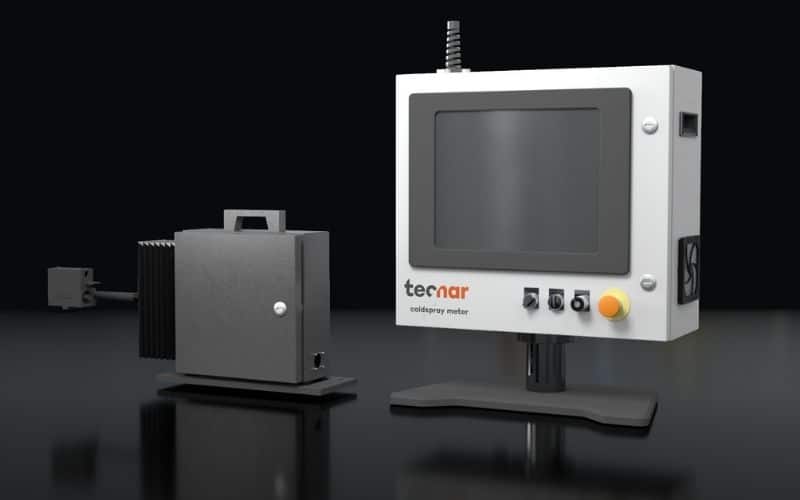January 25, 2014
Study on Stainless Steel 316L Coatings Sprayed by High Pressure HVOF
The High-Velocity Oxy-Fuel (HVOF) technology has been widely used to deposit cermet, metals, and alloy coatings. However, the high temperature and oxidative flame jet results in oxidation and decomposition of spray particles during the spraying process; giving significant influence on phase composition, microstructure, properties, and performance of the sprayed coatings. In this paper, a high pressure HVOF system with a combustion chamber pressuring up to 3.0 MPa along with characteristics of lower flame temperature and higher flame velocity was used to deposit Stainless Steel 316L coatings. Particle velocity was measured by using the DPV-2000 system. It was found that higher combustion chamber pressure enables higher particle velocity. The influence of oxygen/fuel ratio and spray distance on deposition efficiency, coating microstructure, and microhardness of the Stainless Steel 316L was investigated. It shows that the oxygen/fuel ratio has a significant influence on particle’s melting state. Therefore, dense Stainless Steel 316L coating composed of semi-molten or solid state particles can be obtained by adjusting the oxygen/fuel ratio at the combustion chamber pressure of 3.0 MPa. In the experiment, deposition efficiency up to 90% was achieved at the optimized spray conditions. As a typical conventional HVOF system of JP-5000, the comparison to the JP-5000 sprayed coating was also performed.
Originally published at Surface and Coatings Technology (Volume 239, 25 January 2014, Pages 58-64)
By B. Sun and H. Fukanuma, Saitama/J
